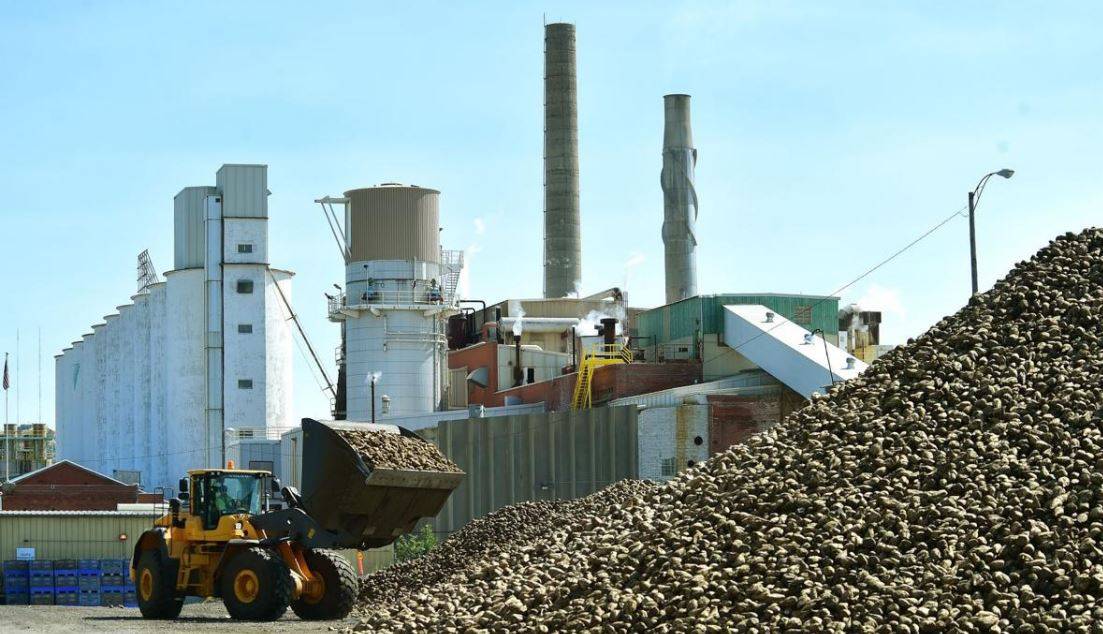
Sugar factories in India may soon use co-electrolysis to produce sustainable aviation fuel (SAF). The Indian government has been informed of this possibility and is said to be open to it. As we all know, electrolysis is the science of using electricity to split water into hydrogen and oxygen.
In co-electrolysis, CO2 is introduced to produce 'syn gas,' which is simply a mixture of carbon monoxide & hydrogen. Syngas (also known as syncrude) is a fundamental building block for a variety of carbon-based chemicals, including aviation fuel. However, heat-requiring co-electrolysis is only possible with solid oxide electrolysis cell (SOEC) technology and not with others such as polymer electrolyte membrane (PEM) electrolysis.
H2e Power System
Co-electrolysis, like electrolysis, is an age-old technique that is making its way out of textbooks and into the industry. H2e Power System, a Pune-based company, has been attempting to promote SAF production through co-electrolysis. If its plans come to fruition, a few sugar plants in Maharashtra, or an organization such as the Vasantdada Sugar Institute in Pune, could set up plants to produce SAF, which is in high demand.
H2e Power has been manufacturing solid oxide fuel cells (SOFC) for nearly a decade, a technology developed in collaboration with the Fraunhofer Institute of Germany and for which it holds patents. A SOEC that generates hydrogen from electricity is the inverse of a SOFC that generates electricity from hydrogen.
India has approximately 3.3 GW of co-generation plants, and the Ministry of New and Renewable Energy estimates that the co-generation potential in India's 550 sugar mills is approximately 14 GW.
Siddharth Mayur, Founder-President and CEO of H2e Power, told Quantum that it makes business sense for sugar plants to produce SAF. As he explained, today, dozens of sugar plants generate power (and steam) by burning bagasse. These co-generation plants receive 6-8 per kWhr under power purchase agreements, the majority of which are about to expire, rendering such high tariffs unsustainable in the future. Sugar plants can use the electricity generated by SOECs to produce syngas through co-electrolysis. Making SAF from syngas is simple - the Fischer-Tropsch process for producing various hydrocarbons from syngas dates back to the 1920s and, incidentally, was extensively used by Germany to produce fuels during World War II.
Reducing CO2:
One notable aspect of the concept is that the carbon dioxide produced by burning bagasse does not have to be released into the atmosphere; instead, it can be used for co-electrolysis.
"One of the most promising ways to convert electricity into a syngas is co-electrolysis of water and carbon dioxide to produce hydrogen and carbon monoxide," says a background paper for a European Commission experimental co-electrolysis project. "Water plus carbon dioxide co-electrolysis is the cornerstone of power-to-chemicals and power- to-fuel strategies for green chemicals, carbon dioxide recovery, and large-scale electricity storage," according to the 2016 paper
H2e Power, on the other hand, advocates using syngas to produce SAF due to the high demand from the aviation industry and India's need to reduce imports. Mayur estimates that the commercial aviation industry consumes 100 billion gallons of fuel each year; if only 10% of that fuel came from sustainable sources, there would be a massive demand for 10 billion gallons of SAF.
Mayur recently tweeted that he and Prakash Naiknavare, Managing Director of the National Federation of Co-operative Sugar Factories Ltd, met with Union Power Minister RK Singh and informed him of the wisdom of producing SAF in sugar plants through co-electrolysis.
According to Naiknavare, producing SAF would be a profitable move for the sugar industry because electricity prices from co-generation plants are unsustainable. "If you don't do this, you might have to shut down the co-generation plants," he warned.
It has been learned that 4-5 pilot plants will be built in the near future. When the plants are proven to be successful, the "sky is the limit," according to Naiknavare.










